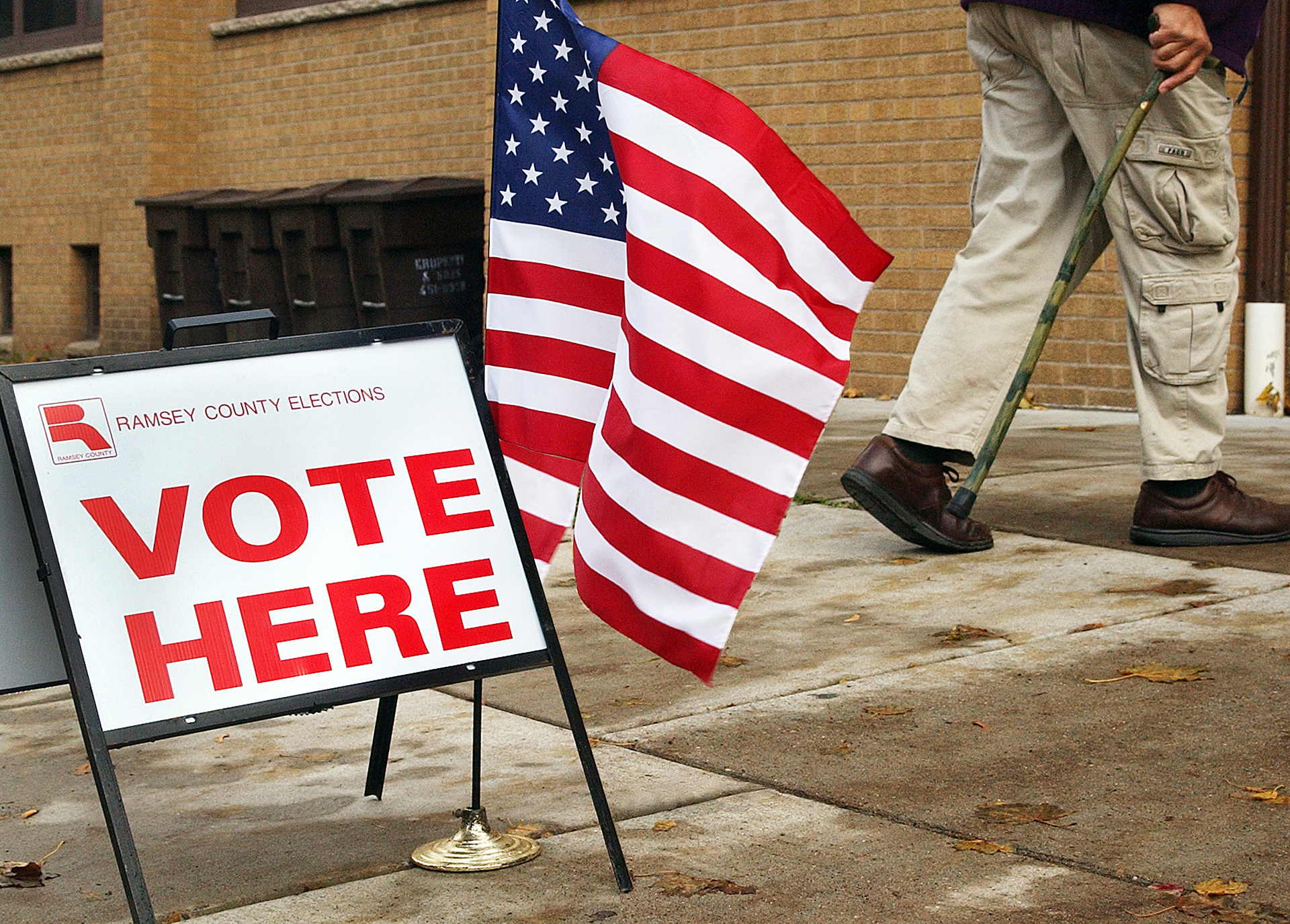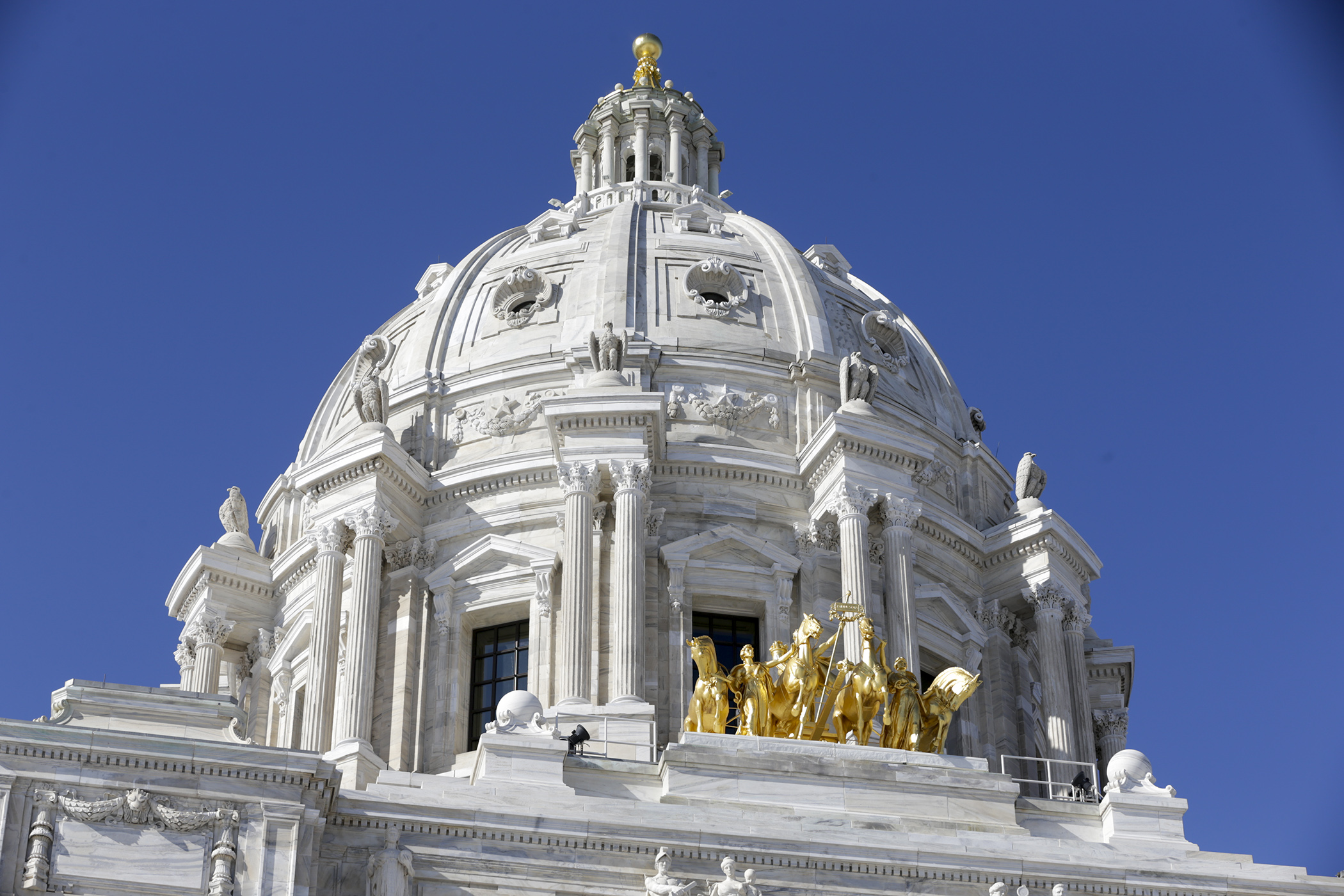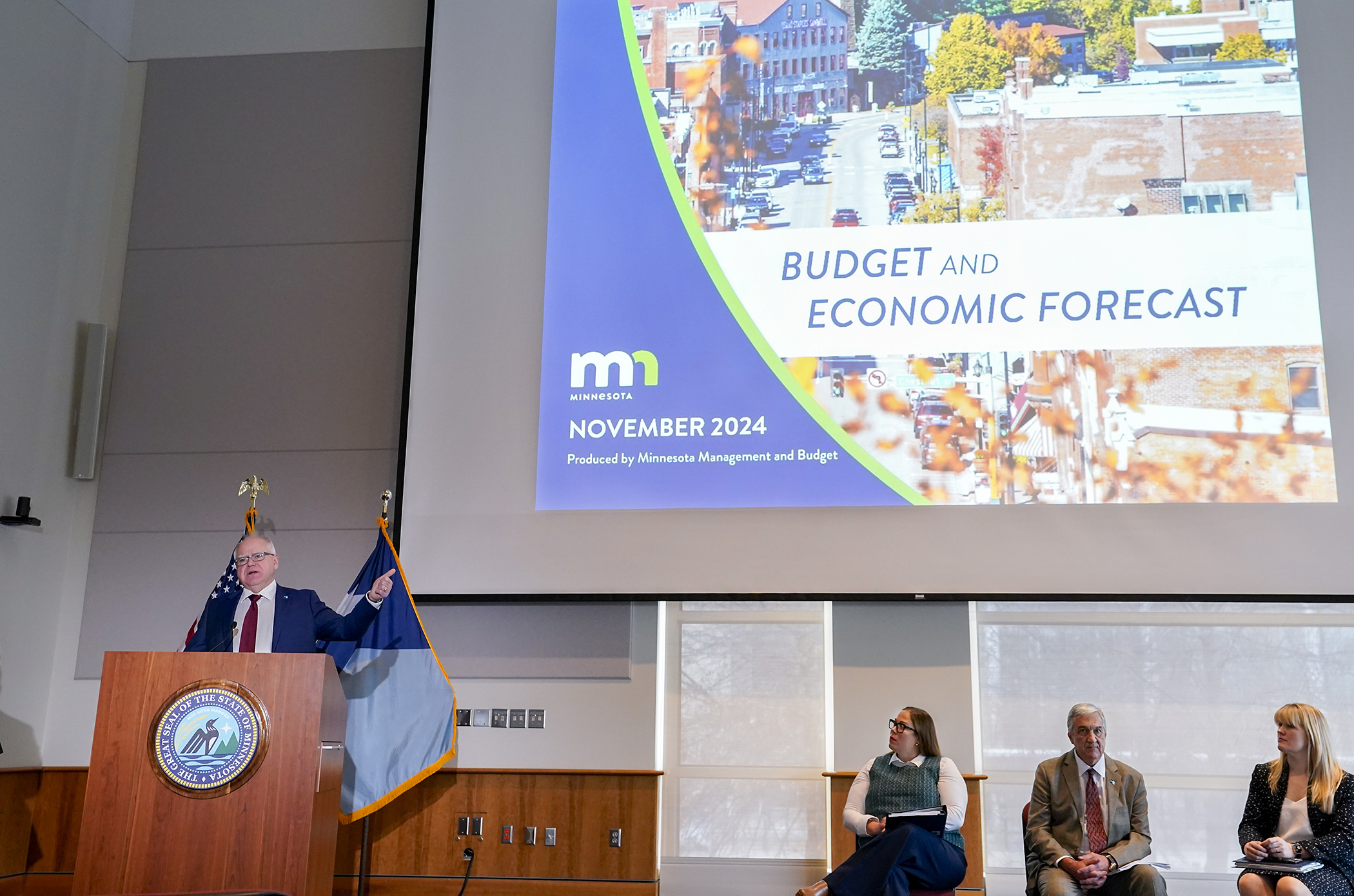Lawmakers consider temporary changes to election process to address COVID-19 pandemic

Since Minnesota can’t predict how the COVID-19 pandemic will progress by August or November, it needs to treat elections as a public health issue, Secretary of State Steve Simon told the House Subcommittee on Elections Wednesday.
“I hope we can all rise to the moment,” he said. “We need to be proactive, we need to look to solutions that match the scope of the problem, and we need to put politics aside. All of us.”
No action was taken during the remote hearing, as the subcommittee was not considering a bill, simply discussing proposed language, said Rep. Raymond Dehn (DFL-Mpls). He chairs the subcommittee.
Simon proposed a range of measures that would only go into effect during, or immediately following, a peacetime emergency related to the outbreak of an infectious disease. Unless there was another pandemic, Minnesota elections would “snap back to regular law when this is over,” Simon said.
Those proposed measures include:
- “substantially” conducting voting by mail, with ballots sent out to all registered voters;
- allowing the secretary of state’s office to close and consolidate polling places – many of which are located in nursing homes and assisted living facilities;
- changing deadlines to allow more time for processing mail-in ballots;
- allowing non-major parties to get electronic signatures, so they don’t have to go from door to door if they want to appear on the ballot;
- allowing trained employees at health care facilities to aid with absentee voting, limiting the risk of infection; and
- authorizing $17.18 million in federal funding provided through the Help America Vote Act to improve the administration and security of elections.
In most cases, the proposals build on or expand existing state practices, supporters said.
Ballots are already automatically mailed to nearly 130,000 Minnesotans every year — mostly small, non-metro townships/cities that have chosen to hold elections that way — without those voters going through an application process or requesting the ballots, Simon said.
Expanding this would not only remove one more step for voters, but also simplify the process for county employees, who would otherwise need to review every request, significantly and unnecessarily increasing their workload, Simon said.
The Centers for Disease Control recommends that if people have other voting options, they should stay away from polling places. People – including those who are eligible to vote, but not registered – may want to vote at a polling place, which would still be available, he said.
Minnesota alone is expecting at least 3 million polling-place voters this year. With about 3,000 polling places, that means an average of 1,000 voters each, “and their droplets,” would be circulating in an enclosed area over a 13-hour period, increasing the risk of infection for both voters and staff, Simon said.
But it’s unlikely Minnesota will be able to support as many polling locations as normal, said Hennepin County Elections Manager Ginny Gelms.
Most election judges are older and at high-risk for complications if they contract COVID-19, so many are likely to opt out, even if they are provided with plexiglass shields and personal protective equipment, she said.
“I can’t envision staffing (the) polling places we already have,” much less increasing their number, given limited staff and equipment, Gelms said.
Finding sufficient polling locations could pose another potential problem, said Crow Wing County Auditor-Treasurer Deborah Erickson.
Many polling places are located in nursing homes schools, and churches, which are currently closed to the general public, she said.
Remaining locations, like town halls, are often small, meaning that there wouldn’t be sufficient space for voters to maintain social distancing while waiting indoors – a bigger problem in November than in August – and not enough parking space to accommodate people waiting outside in their cars, Erickson said.
Increased participation in mail-in balloting, combined with voting centers, would address both issues, they said.
Opponents to the proposal expressed concern about fraud and accountability.
“I am diametrically opposed to the language that we’ve got before us,” said Rep. Jim Nash (R-Waconia), urging “earnest conversations” about additional polling places, or other accommodations to the process.
“This is a long way from where we’re going to be comfortable,” he said.
Because the Senate has a Republican majority, any legislation that gets passed by both houses and sent to Gov. Tim Walz, would ultimately have to have at least some level of bipartisan support, Dehn said.
He hopes to have an agreement worked out before May 4, at which point the state will need to contract with vendors for the election process, and provide enough time to train county auditors and election judges, testifiers said.
Related Articles
Search Session Daily
Advanced Search OptionsPriority Dailies
Ways and Means Committee OKs House budget resolution
By Mike Cook Total net General Fund expenditures in the 2026-27 biennium will not exceed a hair less than $66.62 billion.
That is the budget resolution approved Tuesday by the House Ways...
Total net General Fund expenditures in the 2026-27 biennium will not exceed a hair less than $66.62 billion.
That is the budget resolution approved Tuesday by the House Ways...
Minnesota's budget outlook worsens in both near, long term
By Rob Hubbard It looks as if those calling for less state spending could get their wish, judging from Thursday’s release of the February 2025 Budget and Economic Forecast.
A state su...
It looks as if those calling for less state spending could get their wish, judging from Thursday’s release of the February 2025 Budget and Economic Forecast.
A state su...